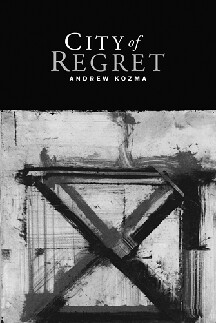
As a prologue to the collection, Kozma begins with the poem “Dis” (page 1), which is a fictional city in Dante’s The Divine Comedy containing the lower circles of hell. Like Dante, Kozma goes on a journey through hell, but the poet is traveling through these circles to find his father who has died and with whom he has unfinished business as he says in the final lines: “When a ravine splits the sky, Earth’s muddy light/unearths my father. We have much to talk about.//” This poem sets the tone for the remainder of the collection with its melancholy and mournful tone.
In the first section — entrances — Kozma uses individual poems to explore the various ways people and other beings meet, greet, avoid, and rush toward death. In “That We May Find Ourselves at Death” (page 8), he echoes the lines of Emily Dickinson, who could not stop for death, when he asks where you go when you are late for death? He questions how death is confronted when it has already happened and there is no way to turn back the clock. But in other poems — such as “Night Meeting” (page 6) — the poet evokes violent images of a dead squirrel’s body pulsating with ants to demonstrate not only the sudden impact and violence of death, but the messy aftermath that often follows. However, death need not always be violent and unexpected, it can come silently . . . gradually like in ” Your Sketch of the Church in Mourning” (page 13): ” . . . You step with silence,/walking out, and walk slowly. Navigate the marble floor/softly, or you will not hear the dead/call after you.//”
The poems in the second section — walls — all seem to personify the denial that comes with the stages of grief. In “Blood Perimeter” (page 25), the narrator speaks of embracing the grief like one would embrace rust, an illustration of how tough it is to come to terms with grief. In many cases, the poems speak of vanishing moments and people, events that are baffling yet make sense when impermanence of relationships and life are examined and understood. Kozma uses rhyme and repetition in these poems to ensure the narrator’s meaning is not lost among the vivid images like that of the Acropolis or the hunting dogs.
In the third section — living spaces — the stage of acceptance is discovered beyond the walls of denial, but acceptance is not as tame as the word suggests. Accepting death means letting go of the person you lose to death and in a way the narrator suggests that you have to rip free from the notion that they are still present by figuratively setting it afire, like in “Quarantine” (page 31). These living memories and moments of joy and anger with loved ones often resurface during the grieving process, and it is these fragments that will ease the pain of acceptance, but they also become painful. In “The Butcher” (page 38), accepting the loss and remembering the lost one is like slitting the wrist and letting the blood flow — tortuous but necessary to purge the immediate pain of grief. Kozma’s images in this section are both violent and jarring, but effective.
In the final sections of the collection — alleys and exits — Kozma’s poems become darker, more melancholy as the loss sets in and becomes consuming. Whether the darkness in these poems is tied to the narrator’s lack of faith in an afterlife or merely the deep emotional scarring of grief is unclear. However, there are tinges of hope that death brings about a renewal as the ashes of a cremated body are returned to nature.
Overall, City of Regret by Andrew Kozma is a deeply moving homage to a deceased father and acts as a guide through the journey of grief. While a different journey than the one taken by Dante in The Divine Comedy, Kozma’s journey does take the poems’ narrator through hell and more. This collection is deeply evocative and will stay with readers long after the last page is turned.
This is my 8th book for the Fearless Poetry Exploration Reading Challenge.
This is my 14th book for the 2011 New Authors Reading Challenge.
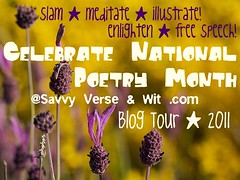
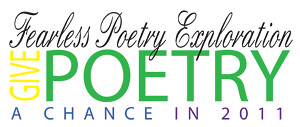
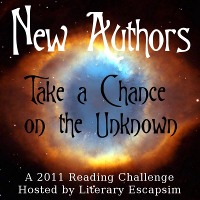
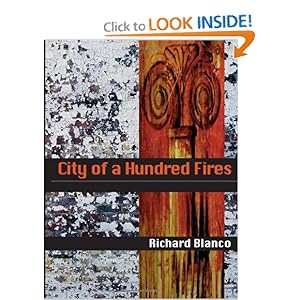



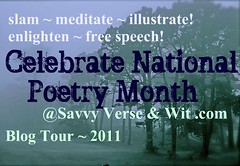
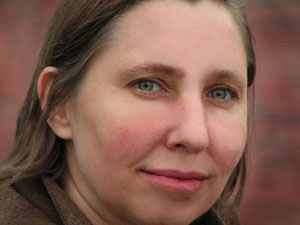
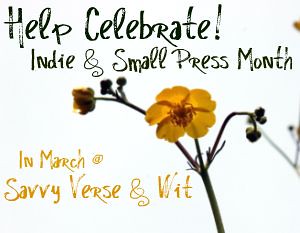
b.jpg)




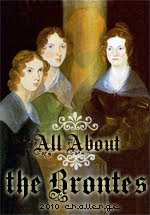
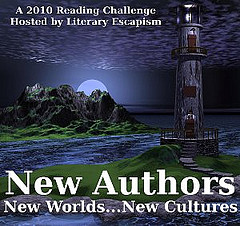
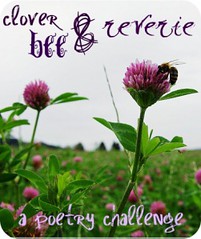
 Tipping Point by Fred Marchant is a collection of poetry broken down into five parts and published by Word Works after winning the 1993 Washington Prize. Readers may wonder what a former Marine Corps Lieutenant and one of the first honorably discharged conscientious objectors would have to say about the Vietnam War, especially having only served two years. This collection is a journey through the memories of childhood, adulthood, and military service, and beyond.
Tipping Point by Fred Marchant is a collection of poetry broken down into five parts and published by Word Works after winning the 1993 Washington Prize. Readers may wonder what a former Marine Corps Lieutenant and one of the first honorably discharged conscientious objectors would have to say about the Vietnam War, especially having only served two years. This collection is a journey through the memories of childhood, adulthood, and military service, and beyond.






